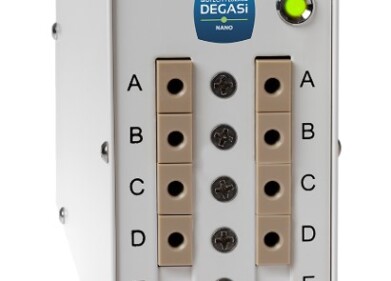-
 The new YMC Technical Note provides strategies to improve your HIC analysis, e.g. the separation of 3 commercial mAbs by varying the temperature.
The new YMC Technical Note provides strategies to improve your HIC analysis, e.g. the separation of 3 commercial mAbs by varying the temperature.
Chromatography
Technical Note: Strategies to Improve Your HIC Analysis
Sep 15 2022
Hydrophobic interaction chromatography (HIC) is a separation mode used for the analysis of biomolecules such as antibody-drug-conjugates (ADCs), monoclonal antibodies (mAbs) or proteins in general. Analytes are separated based on the differences in their surface hydrophobicity similar to reversed phase (RP) chromatography. However, a big plus is that analytes maintain their original structure and therefore functionality, making HIC a useful separation mode for intact protein analysis or protein purification.
HIC utilises reversible interactions that occur between the analyte and hydrophobic stationary phase ligands attached to the particle surface by applying an inverse salt gradient. A high salt concentration in the beginning of the gradient enhances the hydrophobic interactions between the target molecules and the stationary phase resulting in their retention. By decreasing the salt concentration, the strength of the interaction weakens and the analytes elute.
In this new Technical Note by YMC you will learn insights about:
- How to increase the retention by using elevated temperature and high initial salt concentrations
- The influence of salt concentration on sample precipitation
- Improving hydrophobic interactions by selecting the right pH
- How shallower gradients provide higher resolution
- The influence of organic modifiers on peak shape and retention
If you want to know more about the resolving power of non-porous HIC columns for intact proteins, check out this Technical Note.
Digital Edition
LMUK 49.7 Nov 2024
November 2024
News - Research & Events News - News & Views Articles - They’re burning the labs... Spotlight Features - Incubators, Freezers & Cooling Equipment - Pumps, Valves & Liquid Hand...
View all digital editions
Events
Nov 27 2024 Istanbul, Turkey
Jan 22 2025 Tokyo, Japan
Jan 22 2025 Birmingham, UK
Jan 25 2025 San Diego, CA, USA
Jan 27 2025 Dubai, UAE


















